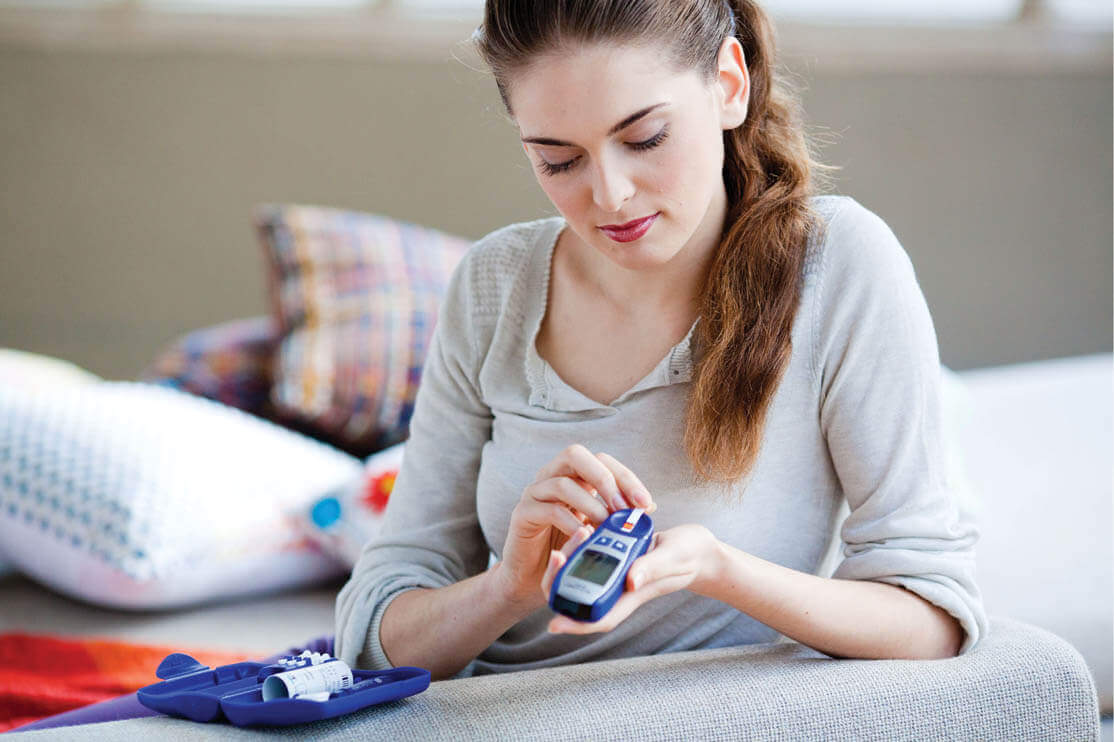What Are the 8 Initial Symptoms of Diabetes?

Diabetes mellitus are disorders that affect how your body utilizes glucose in the bloodstream. No matter how it manifests, diabetes means you have an excessive build up of sugar in the body.
Glucose is a substance that is vital for your health. After all, it’s a major source of energy for the cells that make up your muscles and tissues, including your brain.
When your body fails to process glucose properly, there can be some serious negative consequences because it interferes with the function of your other organs.
Chronic diabetes includes types 1 and 2. In addition, there are other forms of diabetes that are typically reversible, such as pre-diabetes and gestational diabetes.
Since timely detection is key to getting a successful treatment, today we want to go over the eight initial symptoms of diabetes to help you identify it.
What are the causes of diabetes?

Diabetes occurs when your body does not produce enough insulin or loses its ability to use it correctly.
Insulin is a substance produced by the pancreas, and its primary function is to reduce the amount of glucose in your bloodstream.
So far, there is no exact explanation of the cause of type 1 diabetes. It may be due to a lack of control over the immune system, which causes the self-destruction of cells that produce insulin in the pancreas.
Pre-diabetes and type 2 diabetes occur when your cells become resistant to insulin and the pancreas cannot produce enough to counteract this.
Hormonal changes during pregnancy can produce a resistance of the body’s cells to insulin. If your pancreas cannot generate the needed amount, glucose will build up in the bloodstream and result in gestational diabetes.
We recommend you read: 10 diabetes symptoms you shouldn’t ignore
Initial symptoms of diabetes
Many of the early symptoms of diabetes can be confused with other diseases. For this reason, once they have been observed, it’s best to have the relevant medical tests to confirm a diagnosis.
1-Excessive thirst

2-Frequent urination
Patients with diabetes frequently need to urinate because their kidneys are working harder while trying to filter the excess sugar from the bloodstream.
This decreases your ability to break down toxins and can cause other difficulties in the function of your urinary system.
3-Sleep disorders
When high blood sugar are not properly controlled in time, a patient may begin to experience constant disruptions in their sleep.
Type 2 diabetes is typically accompanied by insomnia or some type of interruption during rest.
4-Slow healing

5-Urinary infections
If your body loses its ability to use glucose in the bloodstream, your immune system becomes weak. This, in addition to the negative impacts on your kidneys, increases your susceptibility to urinary tract infections.
6-Foot problems
Patients with diabetes should pay close attention to the condition of their feet. This part of the body can experience circulatory problems, fluid retention, and a variety of other symptoms that cause negative impacts over time.
7-Blurred vision

8-Dry skin
When you develop type 2 diabetes, it can cause circulatory problems that affect the skin. This is why patients often suffer from dry skin or a loss of firmness.
How is diabetes diagnosed?
If you suspect you have diabetes, you should see your doctor as soon as possible. Getting a timely diagnosis increases the likelihood that your treatment will be able to reduce the negative effects of diabetes on the body.
The doctor may suggest one of the following tests to confirm whether or not you have this disease:
- Glycohemoglobin test (A1C). This analysis tracks your average blood sugar level over a two or three month period.
- Randomized blood sugar test.
- Fasting blood sugar test.
- Oral glucose tolerance test.
Once your diagnosis is confirmed, you must commit to totally improving your lifestyle. Along with prescription medication, this will allow you to have a better quality of life.
This text is provided for informational purposes only and does not replace consultation with a professional. If in doubt, consult your specialist.








